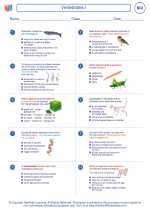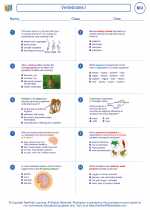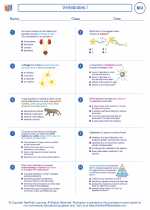What is the James Webb Space Telescope?
The JWST is an infrared telescope designed to be the most powerful space telescope ever built. Its primary mission is to observe the universe's first galaxies, stars, and planets, and to study the origins of the universe, the formation of stars and galaxies, and the potential for life on other planets.Key Features of the JWST
- Large Primary Mirror: The JWST's 6.5-meter (21.3 ft) primary mirror is much larger than the Hubble Space Telescope's, allowing it to collect more light and see farther into the universe.
- Infrared Capability: Unlike Hubble, which primarily observes in visible and ultraviolet light, the JWST will focus on infrared light, enabling it to see through dust clouds and observe objects that are too faint or distant for other telescopes to detect.
- Orbit Location: The JWST will orbit the Sun at the second Lagrange point (L2), roughly 1.5 million kilometers (0.93 million miles) from Earth. This location provides a stable and relatively unobstructed view of the universe.
- Shielding: To protect its sensitive instruments from the Sun's heat and light, the JWST is equipped with a tennis court-sized sunshield made of five layers of a special material that reflects light and emits heat.
Scientific Goals
The JWST is expected to revolutionize our understanding of the cosmos by addressing key scientific questions, including:- How did the first galaxies form and evolve?
- What are the atmospheric and surface conditions of exoplanets?
- How do stars and planetary systems form?
- What are the physical and chemical properties of objects in our solar system?
How to Prepare for a Study Session on the JWST
To prepare for a study session on the JWST, consider the following steps:- Understand the Basics: Familiarize yourself with the key features and scientific goals of the JWST, as outlined above.
- Explore Its Technology: Research the innovative technologies used in the telescope, such as its infrared capabilities, large mirror, and sunshield.
- Study Its Scientific Implications: Delve into the potential scientific discoveries that the JWST is expected to make and how these findings can advance our knowledge of the universe.
- Compare with Other Telescopes: Compare and contrast the JWST with other space telescopes, such as the Hubble Space Telescope, and understand the unique advantages of the JWST's design and capabilities.
- Review Mission Timeline: Familiarize yourself with the planned launch and mission timeline of the JWST to understand when and how its observations will impact our understanding of the universe.
◂Biology Worksheets and Study Guides High School. Vertebrates I
Worksheet/Answer key Vertebrates I
Vertebrates I  Worksheet/Answer key
Worksheet/Answer key Vertebrates I
Vertebrates I  Worksheet/Answer key
Worksheet/Answer key Vertebrates I
Vertebrates I  Vocabulary/Answer key
Vocabulary/Answer key Vertebrates I
Vertebrates I  Vocabulary/Answer key
Vocabulary/Answer key Vertebrates I
Vertebrates I  Vocabulary/Answer key
Vocabulary/Answer key Vertebrates I
Vertebrates I 

 Worksheet/Answer key
Worksheet/Answer key
 Worksheet/Answer key
Worksheet/Answer key
 Vocabulary/Answer key
Vocabulary/Answer key
 Vocabulary/Answer key
Vocabulary/Answer key
 Vocabulary/Answer key
Vocabulary/Answer key

The resources above cover the following skills:
Concepts of Life Science (SC1, SC2, SC3)
The student demonstrates an understanding of the structure, function, behavior, development, life cycles, and diversity of living organisms by describing the structure-function relationship